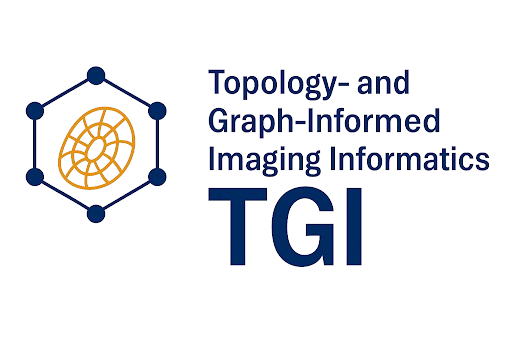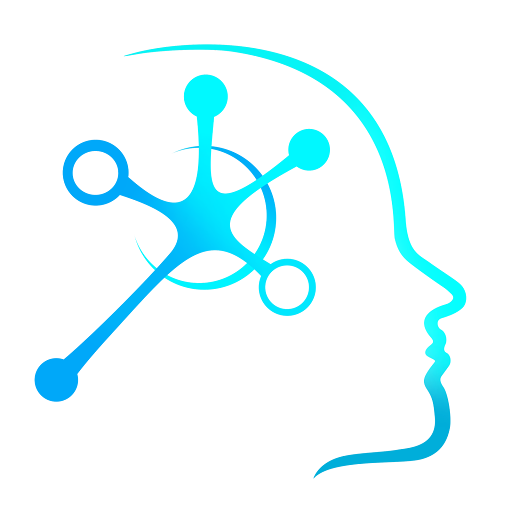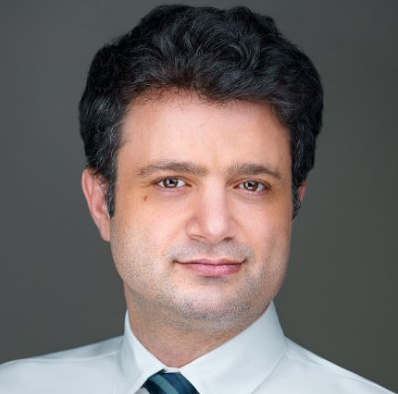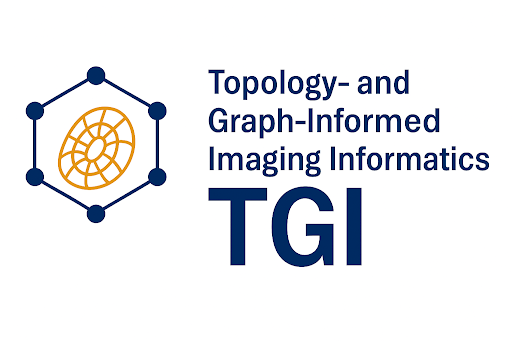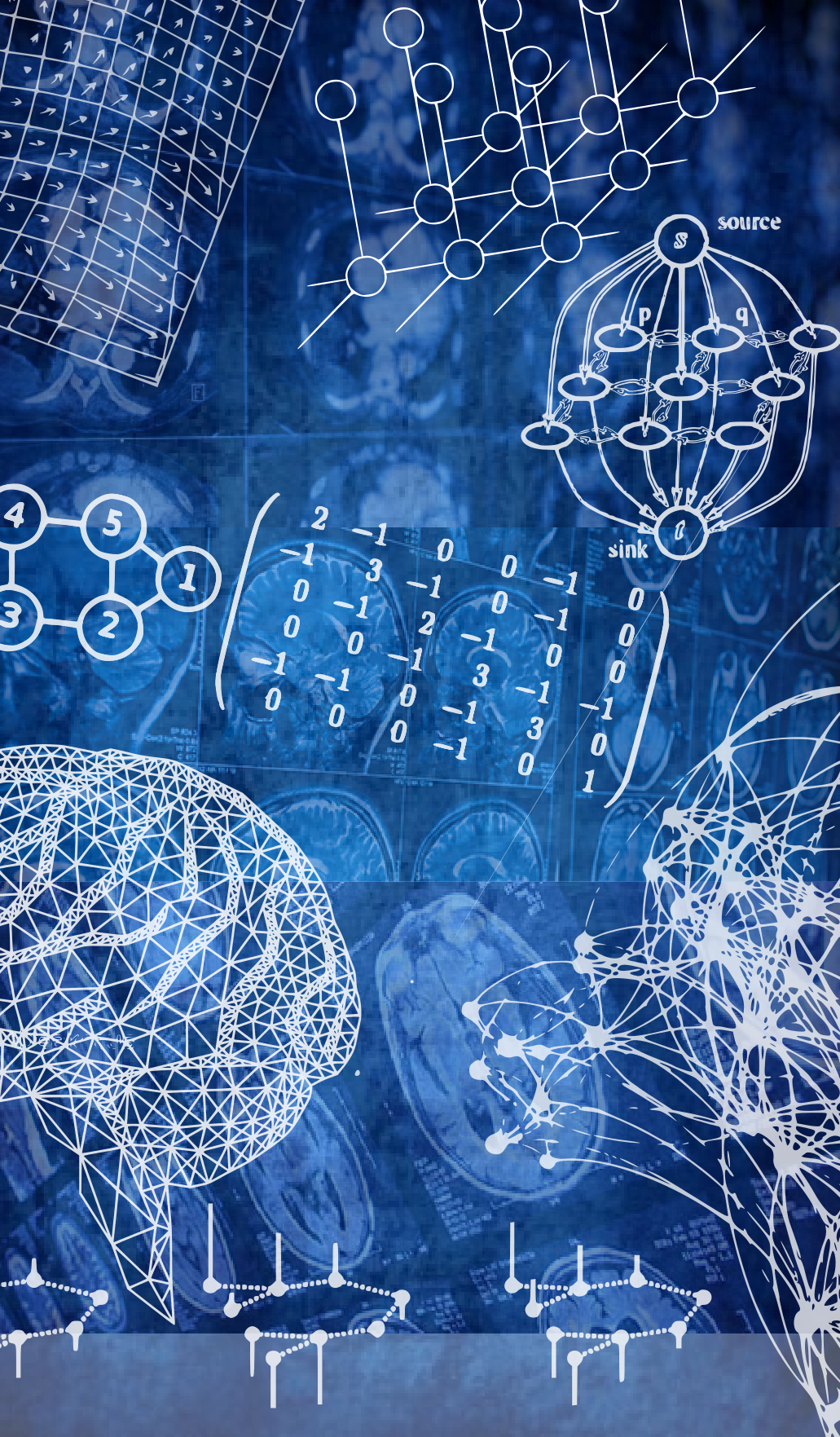
GRAIL 2025 is the seventh international Workshop on GRaphs in biomedicAl Image anaLysis,
organised as an in-person satellite event of MICCAI 2025 in Daejeon, Korea.
This year, GRAIL returns as a dynamic full-day workshop, also featuring three specialized tracks:
(1) Graphs in Biomedical Image Analysis,
(2) Topology- and Imaging-Informed Graph Informatics (TGI), and
(3) Hypergraph Computation for Medical Image Analysis.
These focused sessions will spotlight the latest advancements in graph-based AI for medical imaging,
bringing together leading researchers and innovators for a day of cutting-edge insights and collaboration.
Graphs provide a flexible and scalable mathematical framework to model complex, unstructured data in an interpretable manner. They serve as a foundation for advanced computational models, enabling key techniques such as spectral analysis, dimensionality reduction, and network analysis. Since 2017, geometric deep learning has revolutionized the field by integrating graph signal processing with deep neural architectures, driving innovation in various medical domains. Today, GNNs are widely applied in medical imaging, shape analysis, brain connectomics, population models, patient multi-omics, and drug discovery. Their impact has grown significantly, with increasing visibility at leading machine learning and computer vision conferences such as CVPR, ICLR, and NeurIPS, where they have emerged as a dominant research area in recent years. GRAIL aims to bridge the gap between theory and application, creating a space where scientists developing graph-based models can collaborate with researchers tackling complex clinical challenges across diverse biomedical datasets. GRAIL 2023 featured keynote talks from leading experts and showcased groundbreaking research in brain connectomics, whole-slide image analytics, biomedical knowledge graphs, explainable AI for GNNs, and multi-omics patient representations. GRAIL 2024 continued this momentum with contributions spanning multimodal fusion in GNNs, topological deep learning for drug discovery, disease classification in ophthalmology and Parkinson's disease, and histopathological graph-based analysis. For GRAIL 2025, we aim to expand the workshop's reach and impact by introducing several new initiatives. Our GRAIL Journal Club, launched in 2024, will continue with regular sessions throughout the year, fostering ongoing discussions beyond the MICCAI event. We are also extending our "Getting Started with GNNs" initiative, providing curated resources—including tutorials, code repositories (e.g., PyG/DGL), multimodal datasets, and highlighted papers—to support newcomers and experts alike. Additionally, we are launching a Spotlight Track for MICCAI main conference papers, allowing authors to present short abstracts and single-slide spotlights to enhance visibility and cross-pollination between conference and workshop attendees. To ensure broader accessibility, we will video-record all sessions and improve AV quality for publishing on a dedicated GRAIL YouTube channel. This year, we further broaden our scope to include Topological Deep Learning (TDL), Knowledge Graphs (KGs), Foundation Models (FMs), and the integration of Large Language Models (LLMs) with graphs/GNNs/KGs, particularly in areas such as retrieval-augmented generation (RAG) for biomedical applications. Through these efforts, GRAIL 2025 aims to remain at the forefront of graph-based research in biomedical image analysis, providing a dynamic and inclusive platform for advancing this rapidly evolving field.
For GRAIL 2025, we welcome submissions on a wide range of cutting-edge topics, including but not limited to:
- Graph analytics and machine/deep learning on graphs
- Signal processing on graphs for biomedical image and data analysis, including non-learning-based approaches
- Signal processing on PolyConnect graph structures (hypergraphs, multiview, and multiplex graphs)
- Topological deep learning (TDL)
- Probabilistic graphical models for biomedical data analysis
- Big data analysis with graphs
- Improving graph analytics/learning on small data sets in medicine
- Semantic graph research in medicine: Scene graphs and knowledge graphs (KGs)
- Modeling and applications of graph symmetry and equivariance
- Graph generative models (diffusion, adversarial, etc.)
- Graph foundational models (FMs) and integration of graphs with non-graph FMs
- Graph datasets and benchmarks
- Combination of graphs with other state-of-the-art (SOTA) domains (e.g., self-supervised learning, federated learning)
- Statistical testing on graph structures (e.g., graph metrics, group-level comparisons)
- Explainable AI (XAI) methods in geometric deep learning
- Unifying graphs, GNNs, and Knowledge Graphs (KGs) with Large Language Models (LLMs)
- Applications of graphs and KGs in retrieval-augmented generation (RAG) systems
- Inductive biases of graph-based models and controversial discussions of graph approaches
Applications covered include but are not limited to:
- Image segmentation, registration, classification
- Graph representations in pathology imaging and whole-slide image analysis
- Graph-based approaches for intra-operative surgical support
- Graph-based shape modeling and dimensionality reduction
- Graphs for large-scale patient population analyses
- Combining multimodal/multi-omics data through graph structures
- Graph analysis of brain networks and connectomics

